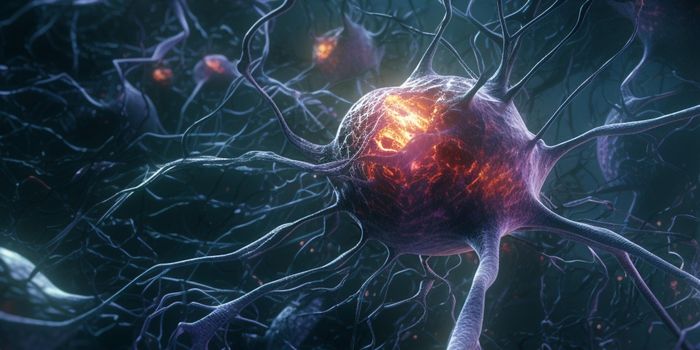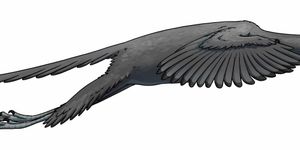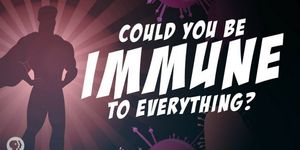Cancer Drug Reverses Social Defects of Autism in Model
People who are affected by autism spectrum disorder (ASD) have to contend with serious social difficulties, for which there is no effective treatment. New work reported in Nature Neuroscience may change that; researchers at the University of Buffalo have found evidence that a drug called romidepsin, which is already approved for use in cancer patients, could also be used as a therapeutic for the social aspect of ASD.
"We have discovered a small molecule compound that shows a profound and prolonged effect on autism-like social deficits without obvious side effects, while many currently used compounds for treating a variety of psychiatric diseases have failed to exhibit the therapeutic efficacy for this core symptom of autism," explained the senior author, Zhen Yan, Ph.D. Yan is a professor in the Department of Physiology and Biophysics in the Jacobs School of Medicine and Biomedical Sciences at UB.
In this work, the FDA-approved drug alleviated social deficits in animal models of autism. In the model, the effect lasted several weeks, throughout the development of the rodent into late adolescence. That may mean that humans would see a similar, sustained impact, suggested the researchers.
Previous work by Yan’s team has shown that Shank3 alters the function of a receptor that is important to emotion and thinking, the NMDA receptor. That, in turn, disrupts neuronal function and leads to the social dysfunction common to ASD.
A very low dose of romidepsin was found to rescue gene function through an epigenetic mechanism; the gene is impacted by chemical signals rather than by an edit of the DNA sequence. Yan added that data from patient studies have indicated that epigenetic abnormalities are probably a major factor in ASD.
Many genetic mutations associated with ASD are caused by chromatin remodeling factors, Yan explained. "The extensive overlap in risk genes for autism and cancer, many of which are chromatin remodeling factors, supports the idea of repurposing epigenetic drugs used in cancer treatment as targeted treatments for autism," said Yan.
Histone modifiers play a role in organizing the genome, which impacts gene expression. Researchers knew they had to look for something that could exert a wide effect.
"Autism involves the loss of so many genes," Yan explained. "To rescue the social deficits, a compound has to affect a number of genes that are involved in neuronal communication."
Histone deacetylases (HDAC) are histone modifiers that are critical to chromatin structure remodeling and the transcriptional regulation of genes.
"In the autism model, HDAC2 is abnormally high, which makes the chromatin in the nucleus very tight, preventing genetic material from accessing the transcriptional machinery it needs to be expressed," said Yan. "Once HDAC2 is upregulated, it diminishes genes that should not be suppressed, and leads to behavioral changes, such as the autism-like social deficits."
"The HDAC inhibitor loosens up the densely packed chromatin so that the transcriptional machinery gains access to the promoter area of the genes; thus they can be expressed," Yan continued.
The scientists saw a widespread effect, as anticipated. Romidepsin was found to restore many of the 200 genes that are suppressed in their animal model.
"The advantage of being able to adjust a set of genes identified as key autism risk factors may explain the strong and long-lasting efficacy of this therapeutic agent for autism," Yan said.
The video below from the University of California discusses a bit about what we know about autism and genetics.
Sources: AAAS/Eurekalert! Via University at Buffalo, Nature Neuroscience









